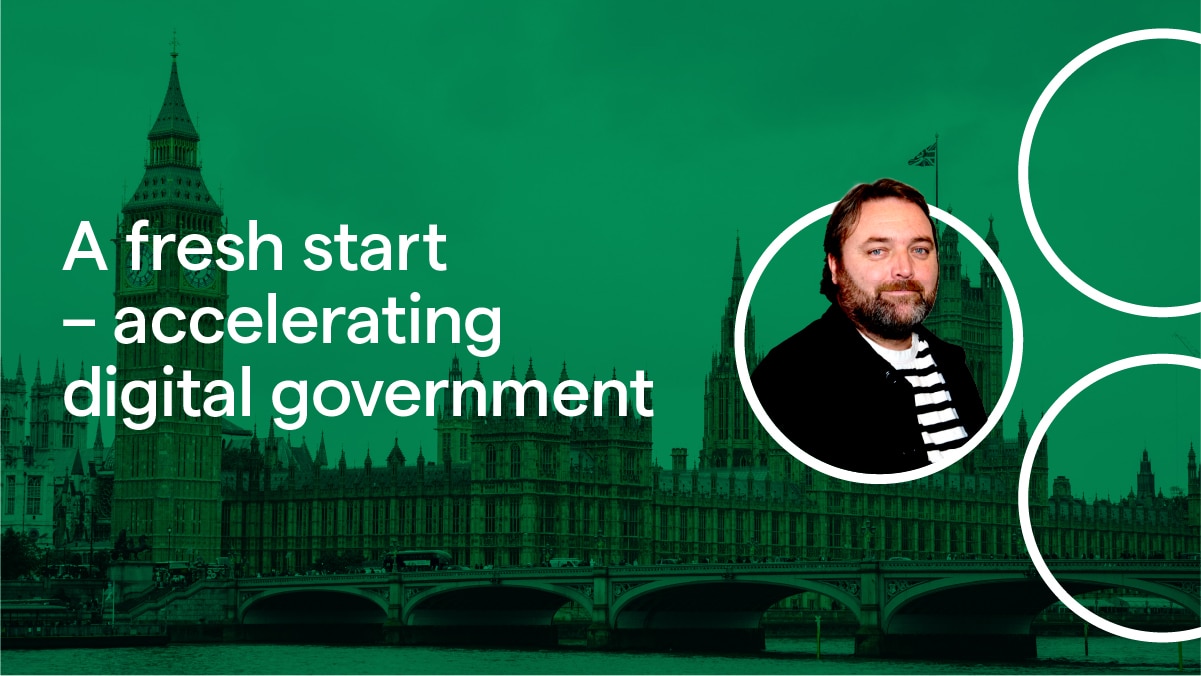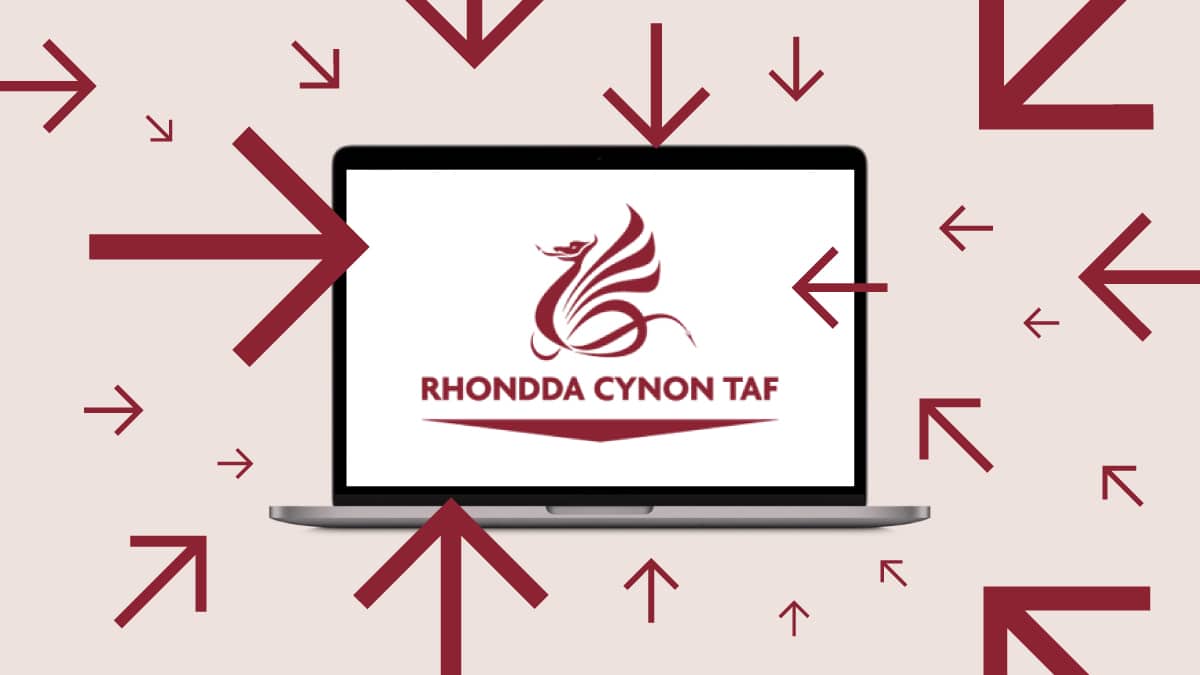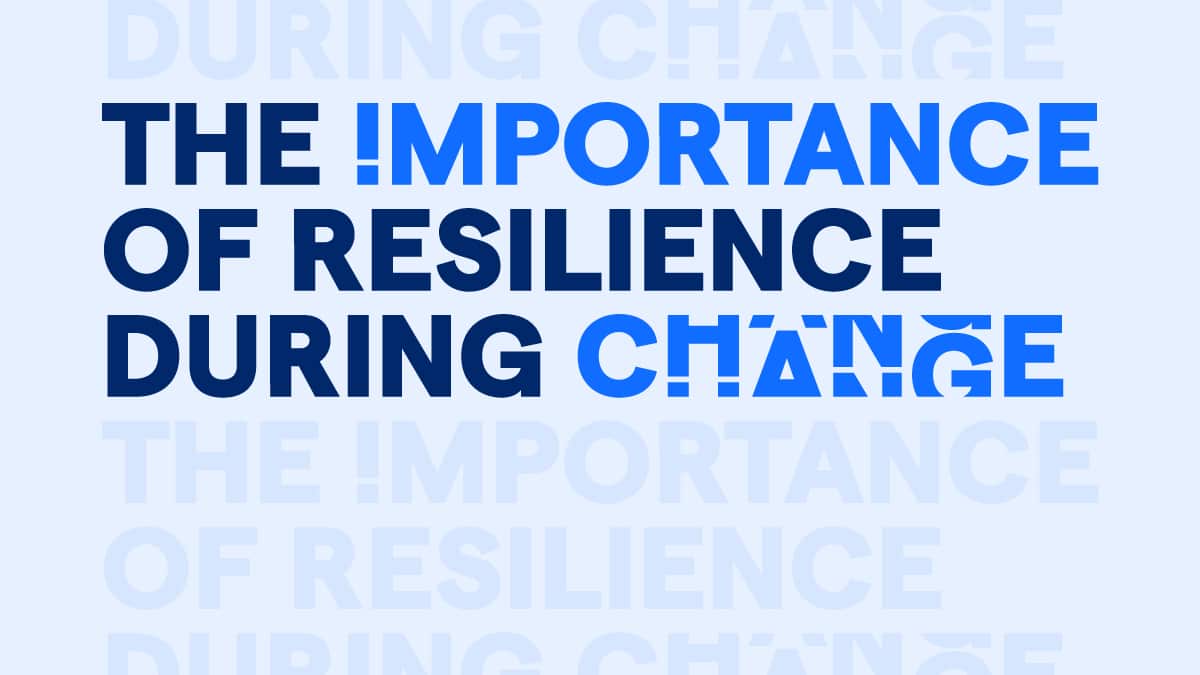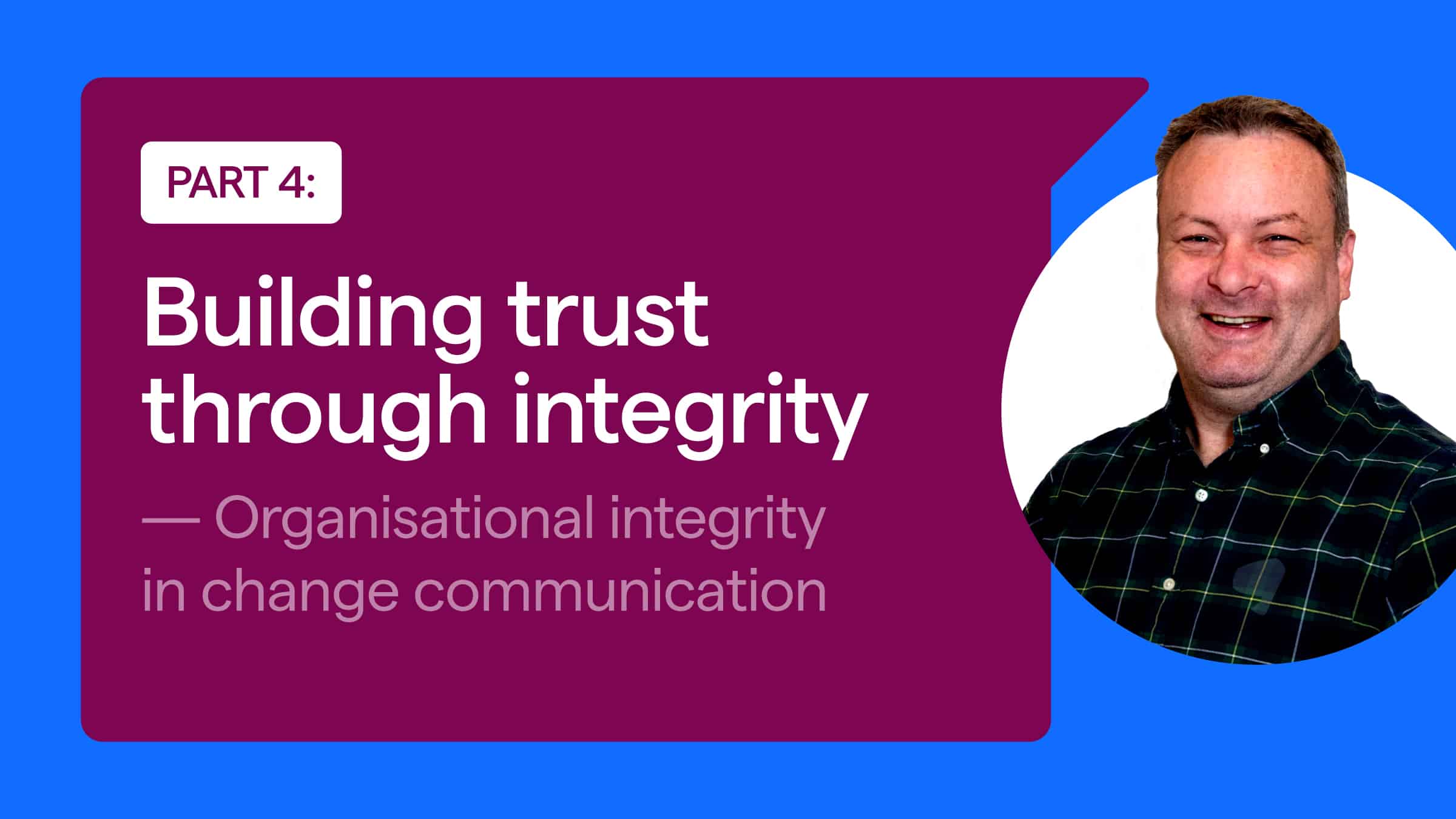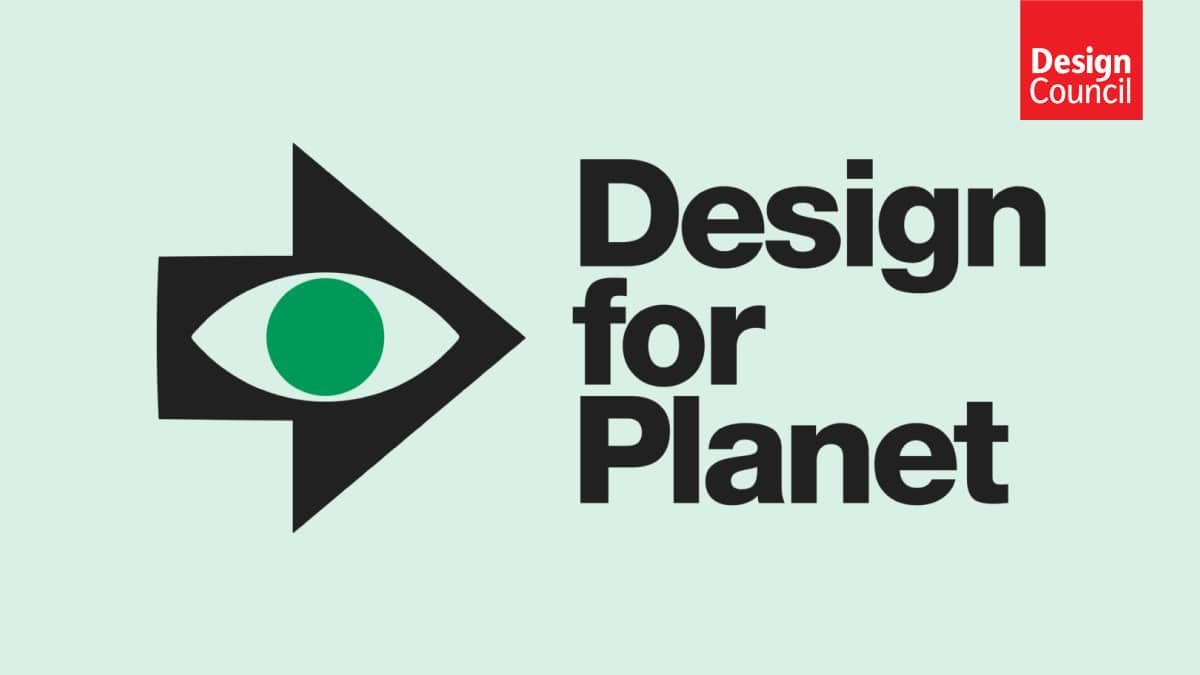Digital, it’s not just about technology but…
7 min read Written by: Victoria Ford
When we begin working with a client one of the first things we do is try and understand how their services are delivered end-to-end. And to do this we think it’s essential to get to know the landscape in which those services exist.
Starting your digital change
Services are not about the technology, but it’s an essential element of almost every service provided today. As we often quote:
‘The terms digital and IT are often used interchangeably, but digital transformation is so much more than just technology. It’s designing services around the needs of your users; it’s creating an organisation with the culture and skills for change to succeed. It’s about people.’
But that doesn’t mean ignoring the technical landscape. To be able to focus on the user, you need to understand how to make the technology safe, secure, unobtrusive, accessible and seamless. Poorly executed or managed technology is like building a castle on sand and it will undermine the service and lead to potentially difficult or even dangerous outcomes for users.
Technology, commercial arrangements and supplier management
Technology, commercial arrangements and supplier management cannot be separated. Understanding licensing arrangements, support, maintenance and upgrade cycles, end of life or end of contract is critical to being an informed and intelligent client who can stay on top of issues as they evolve as well as being able to take advantage of improvements as they come online. We work with a lot of organisations where IT has been outsourced, usually as a cost reduction exercise, but this brings its own risks. With it goes the understanding of how things work, and quickly, as technology moves at pace. The organisation can lose touch with the very fabric of what makes their digital services work. Without the knowledge of how stuff works it becomes increasingly difficult to remain responsive to users ever evolving needs.
Understanding your IT landscape
This is why we always try to begin an engagement by understanding the IT landscape. Without this view, there will always be doubts about whether improvements can be implemented commercially, and questions around whether changes are affordable or if they are even technically possible. The landscape can be complex, with a mix of inhouse and outsourced capability. Multiple suppliers are often engaged in a single end-to-end service so responsibilities need to be well defined and understood. Supplier management is different to procurement. Handling on going changes while keeping the user as the key focus is hard when most procurement processes are set up to protect the buyer and seller rather than focus on the user. Procurement processes and modern digital delivery practices and tools don’t always sit comfortably together and far too often deflect focus from the user experience and delivering better outcomes.
Leading in a digital world
I still hear leaders and those responsible for services say that they don’t know what digital is or that they don’t do technology. You can’t be a leader in a modern organisation without the right level of understanding of digital and the impact of digital and tech on services. In the same way it would be unthinkable for a leader to say they don’t know how to manage people, understand customer service or read a financial spreadsheet.
If you don’t understand modern delivery practices and tools then you are always at a disadvantage when working with suppliers who do. Most organisations wouldn’t let someone who isn’t a trained accountant do the annual accounts, yet we let people without the right skills build and maintain key digital services. Understanding your organisation’s level of digital skills and capability is another key element to understanding your landscape – and a subject for blog post of its own!
Building a service blueprint
We believe building a service blueprint is essential. One of our first tasks is to identify the technology that supports digital services, the products and suppliers involved and get to grips with the commercial arrangements that underpin these relationships. This should be done in parallel with the baselining of end-to-end user journeys, together these make services and should be captured in a blueprint. If you want to make a change to either of these they need to be understood and the impacts assessed.
Linking everything together
Real agility and iteration only become possible when you have a good understanding of the landscape in which you’re working, a bit like a chef needs to know both what tools and utensils they have in the kitchen as well as the ingredients available to them. When you have a good grasp on the user journeys and the technical landscape, you can add the policies, processes and practices that link everything together. Being informed about all these elements will give you a much better chance of delivering real, sustainable change.
